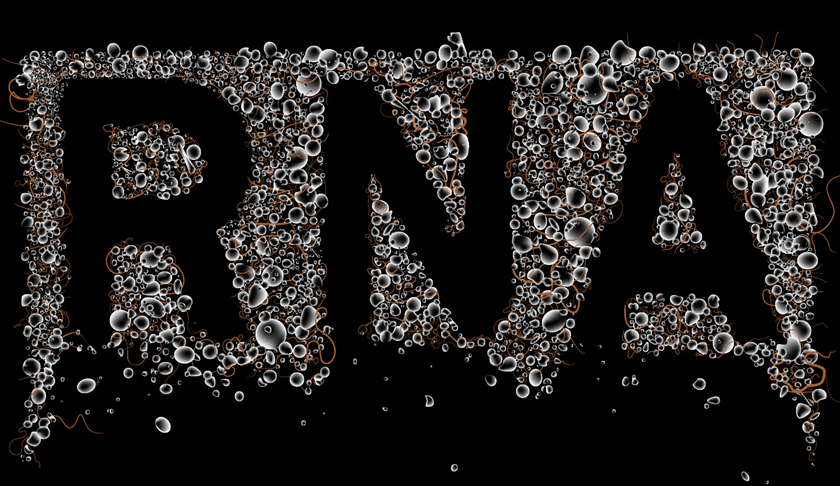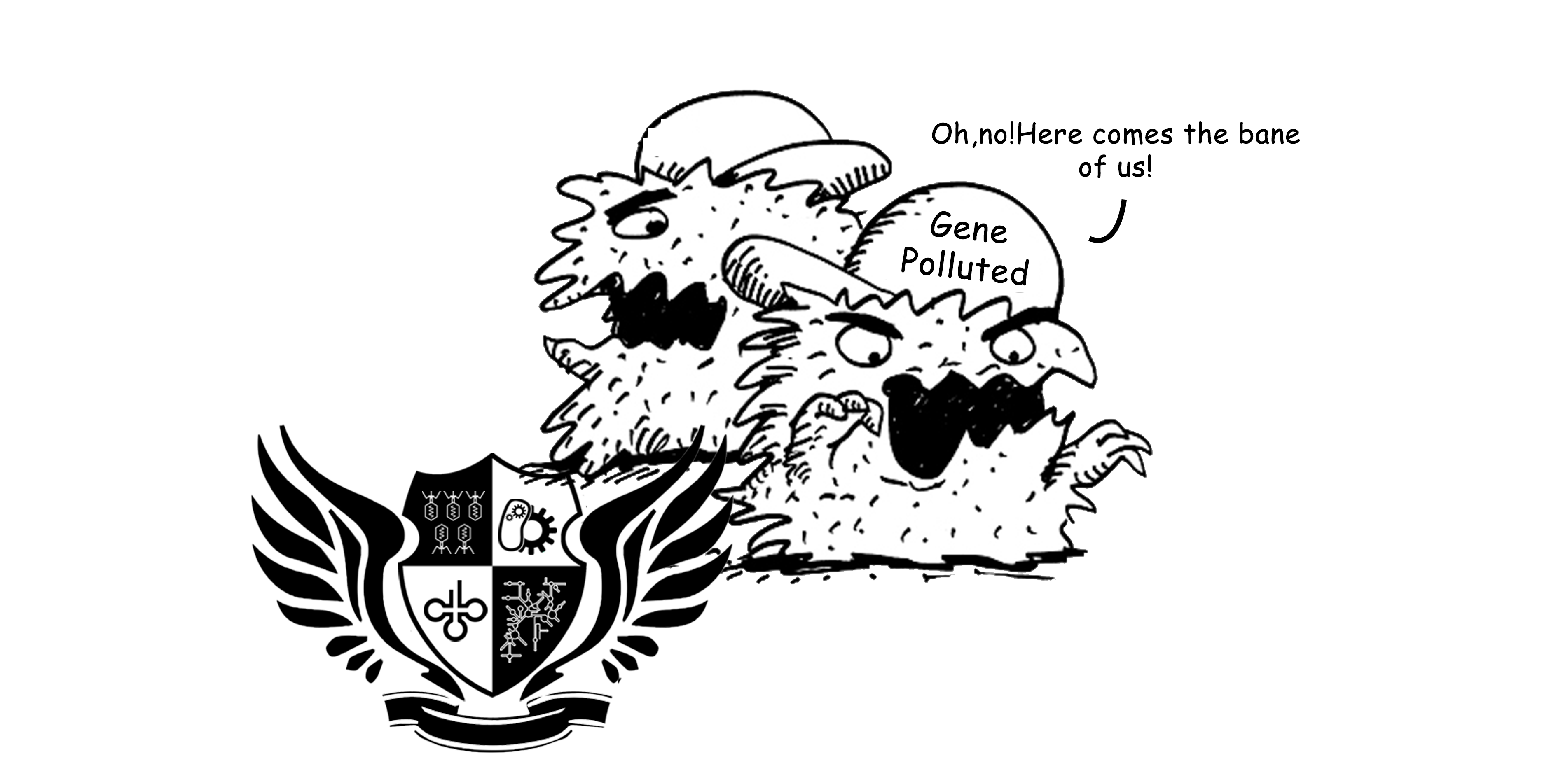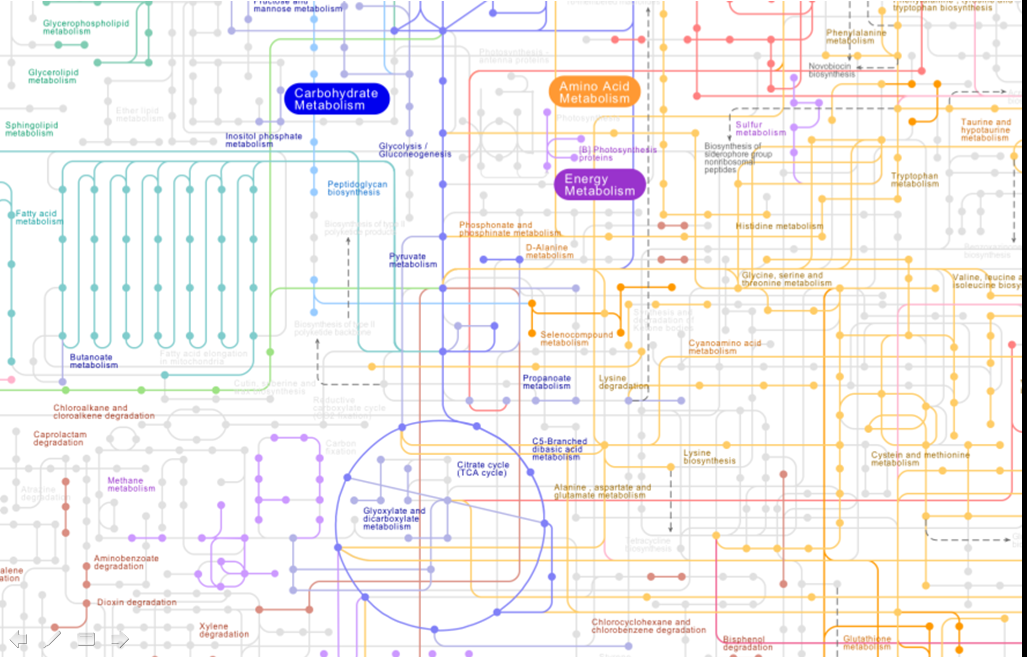Team:Tianjin/Project
From 2012.igem.org
| (26 intermediate revisions not shown) | |||
| Line 1: | Line 1: | ||
{{:Team:Tianjin/frame/project}} | {{:Team:Tianjin/frame/project}} | ||
| - | == | + | <html> |
| - | + | <style type="text/css"> | |
| - | + | #secondpane {color:#fff; | |
| - | == | + | width: 190px; |
| - | + | margin-left:5px; | |
| - | == | + | } |
| - | + | .menu_list { | |
| - | == | + | position:fixed;top:20px;} |
| - | + | .menu_head { | |
| - | == | + | padding: 5px 10px; |
| - | + | cursor: pointer; | |
| - | == | + | position: relative; |
| - | + | border:1px solid #fff; | |
| - | + | margin:1px; | |
| - | + | font-weight:bold; | |
| - | = | + | background: #f76303; |
| - | + | color:#fff | |
| + | } | ||
| + | .menu_head:hover | ||
| + | { | ||
| + | cursor: pointer; | ||
| + | color: #fff; | ||
| + | background: #8e4820; | ||
| + | text-decoration: none; | ||
| + | background-position: 0 0; | ||
| + | } | ||
| + | .menu_body { | ||
| + | display:none; | ||
| + | } | ||
| + | .menu_children { | ||
| + | background: #aaa; | ||
| + | cursor: pointer; | ||
| + | padding: 5px 10px; | ||
| + | font-size:12px; | ||
| + | border-top: 1px solid #fff; | ||
| + | border-bottom: 1px solid #fff; | ||
| + | border-left: 1px solid #fff; | ||
| + | border-right: 1px solid #fff; | ||
| + | } | ||
| + | .menu_body a{ | ||
| + | display:block; | ||
| + | color:#fff; | ||
| + | padding-left:10px; | ||
| + | font-weight:bold; | ||
| + | text-decoration:none; | ||
| + | } | ||
| + | .menu_children:hover{ | ||
| + | cursor: pointer; | ||
| + | color: #fff; | ||
| + | text-decoration:none; | ||
| + | background:#777777; | ||
| + | } | ||
| + | |||
| + | </style> | ||
| + | <div style="float:left;"> | ||
| + | <div id="secondpane"> <!--Code for menu starts here--> | ||
| + | <p class="menu_head">Project Contents</p> | ||
| + | <div class="menu_body"> | ||
| + | <div class="menu_children"> | ||
| + | <a href="https://2012.igem.org/Team:Tianjin/Project/OrthogonalSystem">Orthogonal System</a> | ||
| + | </div> | ||
| + | <div class="menu_children"> | ||
| + | <a href="https://2012.igem.org/Team:Tianjin/Project/Regulation">Logic Metabolism Regulation</a> | ||
| + | </div> | ||
| + | <div class="menu_children"> | ||
| + | <a href="https://2012.igem.org/Team:Tianjin/Project/Gene">Future Work</a> | ||
| + | </div> | ||
| + | <div class="menu_children"> | ||
| + | <a href="https://2012.igem.org/Team:Tianjin/Data">BioBrick</a> | ||
| + | </div> | ||
| + | <div class="menu_children"> | ||
| + | <a href="https://2012.igem.org/Team:Tianjin/Project/Technology">Technology</a> | ||
| + | </div> | ||
| + | </div> | ||
| + | <p class="menu_head">In this page</p> | ||
| + | <div class="menu_body"> | ||
| + | <div class="menu_children"> | ||
| + | <a href="#Orthogonal_System">Orthogonal System</a> | ||
| + | </div> | ||
| + | <div class="menu_children"> | ||
| + | <a href="#Gene_Pollution_Prevention_and_Gene_Encryption">Safety Encryption</a> | ||
| + | </div> | ||
| + | <div class="menu_children"> | ||
| + | <a href="#Logic_Metabolism_Regulation">Logic Metabolism Regulation</a> | ||
| + | </div> | ||
| + | </div> | ||
| + | </div> <!--Code for menu ends here--> | ||
| + | </div> | ||
| + | </html> | ||
| + | <div id="text-content"> | ||
| + | |||
| + | |||
| + | <center><span style="font-size:46px;font-family:Cambria;margin-top:10px;line-height:80%">Project</span></center> | ||
| + | <br> | ||
| + | |||
| + | The Glossary: | ||
| + | * The O-Key System -- Any orthogonal system containing a pair of orthogonal ribosome and mRNA | ||
| + | * The O-Key -- the orthogonal ribosome, which serves like a key to translate the orthogonal mRNA | ||
| + | * The O-Lock -- the orthogonal mRNA, which can only be deciphered by the O-Key. | ||
| + | |||
| + | =Orthogonal System= | ||
| + | [[file:TJU2012-Proj-fig-1.png|thumb|200px|right|'''Figure 1.''' Word "RNA" (from "http://www.mfpl.ac.at")]] | ||
| + | By rationally mutate the Shine-Dalgarno (SD) and anti-Shine-Dalgarno (ASD) sequence, we are able to take advantage of the interaction of mRNA and ribosome to build our O-Key System of orthogonal ribosome and orthogonal mRNA. Within this system, we constructed an operon containing RFP and GFP coding sequence to verify the orthogonality of the O-Key. By selectively mutate the SD sequence of RFP or GFP, we were able to establish four translation pathways to characterize the effect of the O-Key System. In addition, we set up a model to predict the output of GFP and RFP under various circumstances. The model calculates the ΔG of ASD and SD sequence binding, and make use of this energy to evaluate the feasibility and translation efficiency of our O-Key System. The model turned out to be highly convincing as it corresponds with our wet lab result. In the end, both the wet and dry lab results matches our design. | ||
| + | |||
| + | =<span style="line-height:100%">Genetic Pollution Prevention and Genetic Encryption</span>= | ||
| + | [[file:TJU2012-Proj-fig-2.png|thumb|400px|right|'''Figure 2.''' Comic of genetic pollution defence (from TJU iGEM Team 2012)]]Aiming at preventing genetic pollution, we employed the O-Key System to establish a translational fence that can restrain unwanted protein expression. The convenience and effectiveness of the O-Key System will make it applied to a larger scale in genetic engineering. We predict different companies will embed the O-Key system in their various product to ensure biosafety. In the meantime, because the O-Key System includes a key and a lock, we can make use of this mechanism to encrypt information into cell or locking the product information. This characteristic showed a promising application in information encryption, intellectual property protection, etc. Furthermore, the O-Key System can be applied to the entire organism to construct an orthogonal organism. We began with the simplest creature - the phage, and worked on the RBS of its various protein. After mutation, the phage becomes a brand new orthogonal organism that can only infect the cells with orthogonal ribosomes. Using this O-Key Phage, we greatly reduce risk of phage pollution in the lab, while performing regular experiment using the phage. At last, a successful interdisciplinary model that combines marketing and bioengineering was constructed to predict the diffusion of exogenous gene across space and time. This creative model used the analogy of human society and bacteria colony to predict the speed and probability of genetic transfer. | ||
| + | |||
| + | =Logic Metabolism Regulation= | ||
| + | [[file:TJU2012-Proj-fig-3.png|thumb|300px|right|'''Figure 3.''' Metabolism Network (from TJU iGEM Team 2012)]] | ||
| + | In this section, we describe the principles of Yeast Assembler, a novel way of assemble multiple fragments into a long operon, and specifically used this method to construct the gene needed to produce Violacein. The pathway of expressing violacein consists of five genes, and they build up a long operon. The conventional assembly methods for violacein takes too much time and labor, up to several weeks and offer resulting in failure, but using Yeast Assembler we can complete the whole process in a week. We will introduce and elaborate on the assembler in details. Through such an experiment, we could also prove the feasibilities of the O-Key System in regulating metabolism. Furthermore, we talked about the application of AND gate based on O-Key System in adjusting metabolism. | ||
| + | |||
{{:Team:Tianjin/footer}} | {{:Team:Tianjin/footer}} | ||
Latest revision as of 16:00, 26 October 2012

The Glossary:
- The O-Key System -- Any orthogonal system containing a pair of orthogonal ribosome and mRNA
- The O-Key -- the orthogonal ribosome, which serves like a key to translate the orthogonal mRNA
- The O-Lock -- the orthogonal mRNA, which can only be deciphered by the O-Key.
Orthogonal System
By rationally mutate the Shine-Dalgarno (SD) and anti-Shine-Dalgarno (ASD) sequence, we are able to take advantage of the interaction of mRNA and ribosome to build our O-Key System of orthogonal ribosome and orthogonal mRNA. Within this system, we constructed an operon containing RFP and GFP coding sequence to verify the orthogonality of the O-Key. By selectively mutate the SD sequence of RFP or GFP, we were able to establish four translation pathways to characterize the effect of the O-Key System. In addition, we set up a model to predict the output of GFP and RFP under various circumstances. The model calculates the ΔG of ASD and SD sequence binding, and make use of this energy to evaluate the feasibility and translation efficiency of our O-Key System. The model turned out to be highly convincing as it corresponds with our wet lab result. In the end, both the wet and dry lab results matches our design.
Genetic Pollution Prevention and Genetic Encryption
Aiming at preventing genetic pollution, we employed the O-Key System to establish a translational fence that can restrain unwanted protein expression. The convenience and effectiveness of the O-Key System will make it applied to a larger scale in genetic engineering. We predict different companies will embed the O-Key system in their various product to ensure biosafety. In the meantime, because the O-Key System includes a key and a lock, we can make use of this mechanism to encrypt information into cell or locking the product information. This characteristic showed a promising application in information encryption, intellectual property protection, etc. Furthermore, the O-Key System can be applied to the entire organism to construct an orthogonal organism. We began with the simplest creature - the phage, and worked on the RBS of its various protein. After mutation, the phage becomes a brand new orthogonal organism that can only infect the cells with orthogonal ribosomes. Using this O-Key Phage, we greatly reduce risk of phage pollution in the lab, while performing regular experiment using the phage. At last, a successful interdisciplinary model that combines marketing and bioengineering was constructed to predict the diffusion of exogenous gene across space and time. This creative model used the analogy of human society and bacteria colony to predict the speed and probability of genetic transfer.Logic Metabolism Regulation
In this section, we describe the principles of Yeast Assembler, a novel way of assemble multiple fragments into a long operon, and specifically used this method to construct the gene needed to produce Violacein. The pathway of expressing violacein consists of five genes, and they build up a long operon. The conventional assembly methods for violacein takes too much time and labor, up to several weeks and offer resulting in failure, but using Yeast Assembler we can complete the whole process in a week. We will introduce and elaborate on the assembler in details. Through such an experiment, we could also prove the feasibilities of the O-Key System in regulating metabolism. Furthermore, we talked about the application of AND gate based on O-Key System in adjusting metabolism.
 "
"






















